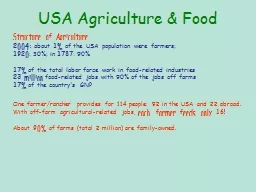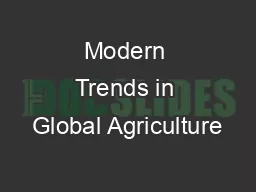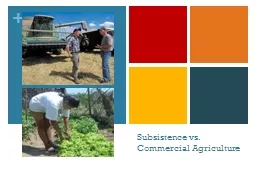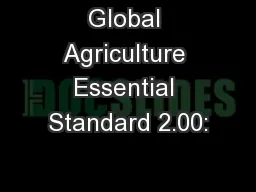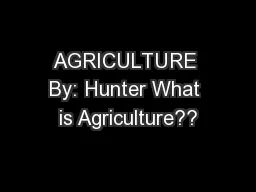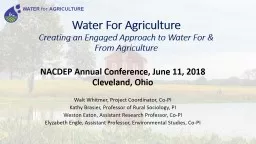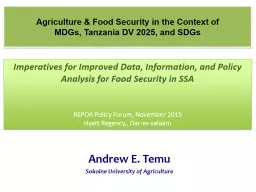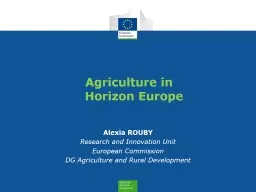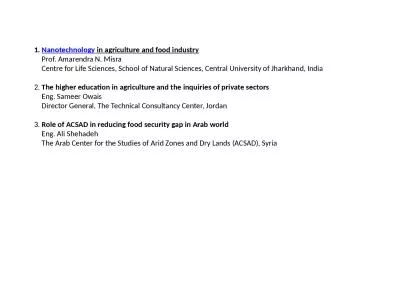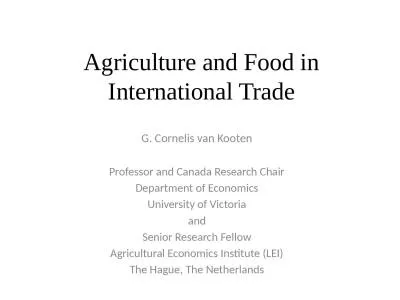PPT-USA Agriculture & Food
Author : debby-jeon | Published Date : 2017-03-16
Structure of Agriculture Since 2004 less than 1 of the USA population were farmers 1920 30 in 1787 90 17 of the total labor force work in foodrelated industries
Presentation Embed Code
Download Presentation
Download Presentation The PPT/PDF document "USA Agriculture & Food" is the property of its rightful owner. Permission is granted to download and print the materials on this website for personal, non-commercial use only, and to display it on your personal computer provided you do not modify the materials and that you retain all copyright notices contained in the materials. By downloading content from our website, you accept the terms of this agreement.
USA Agriculture & Food: Transcript
Download Rules Of Document
"USA Agriculture & Food"The content belongs to its owner. You may download and print it for personal use, without modification, and keep all copyright notices. By downloading, you agree to these terms.
Related Documents

